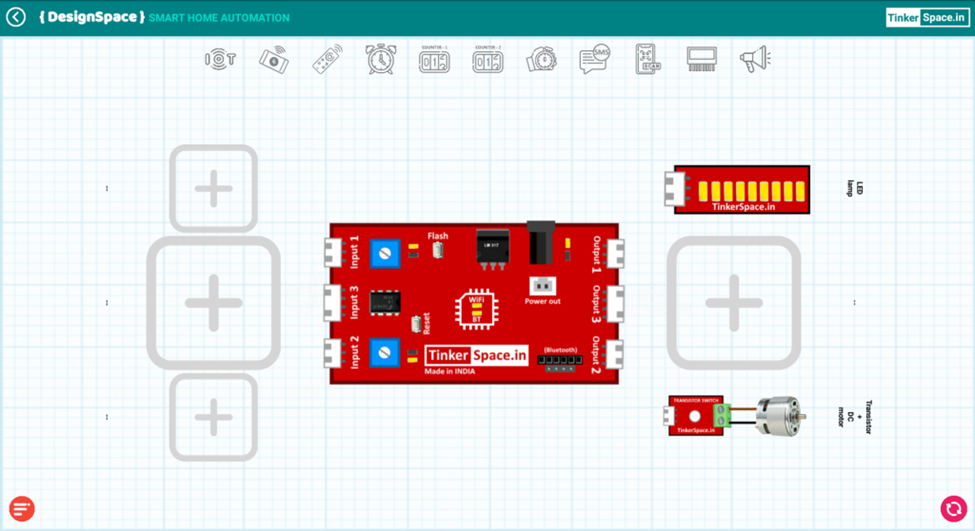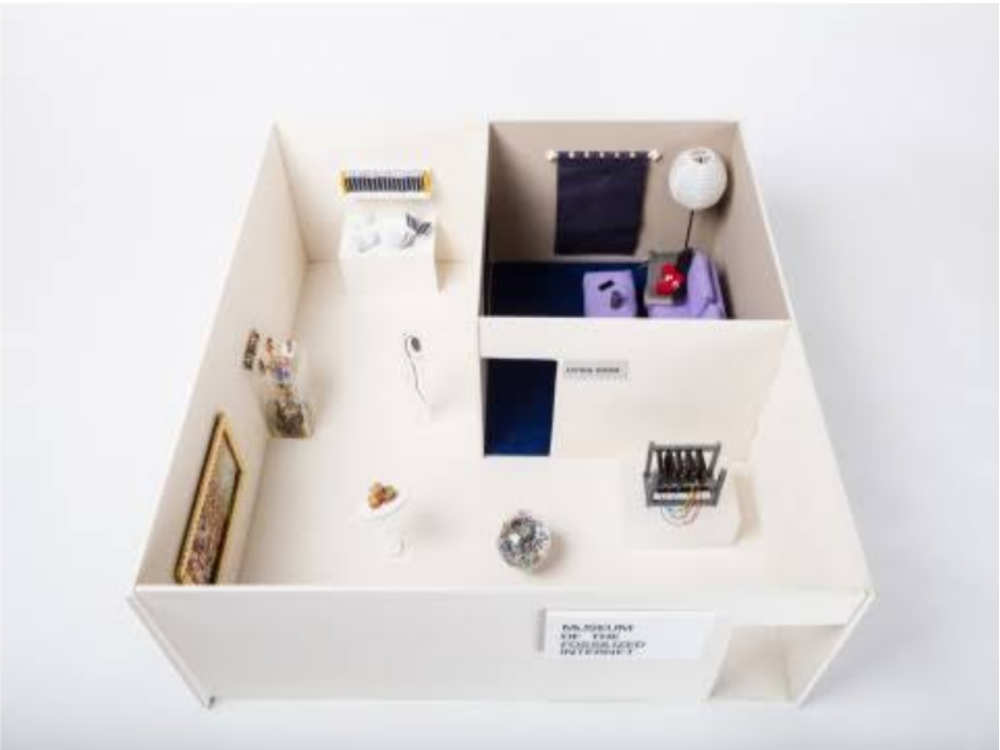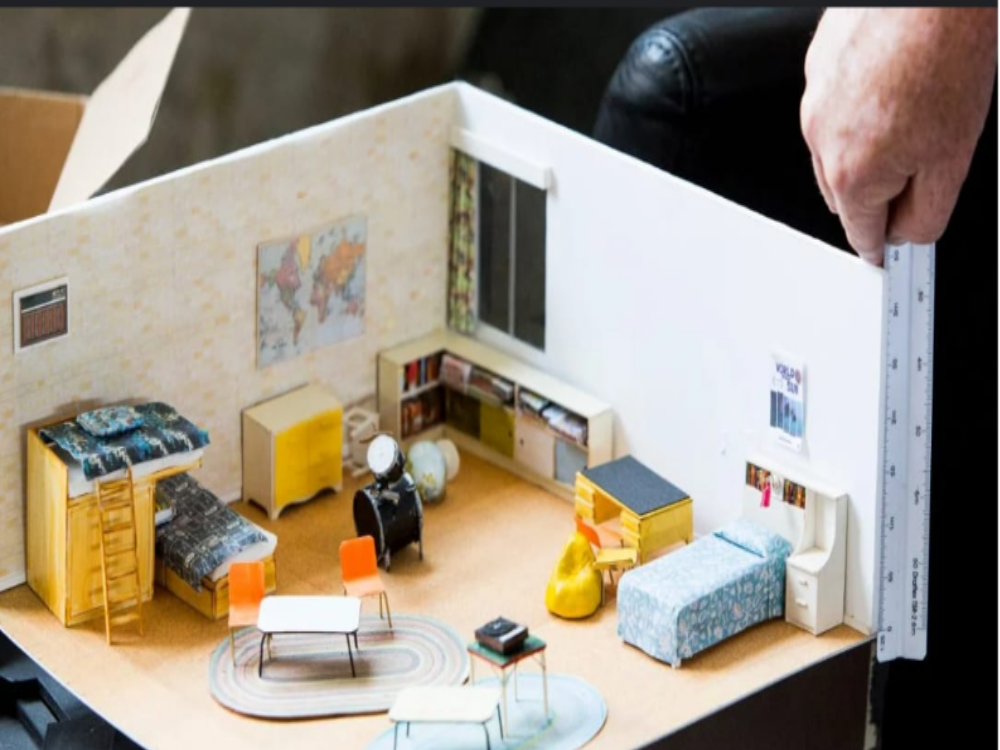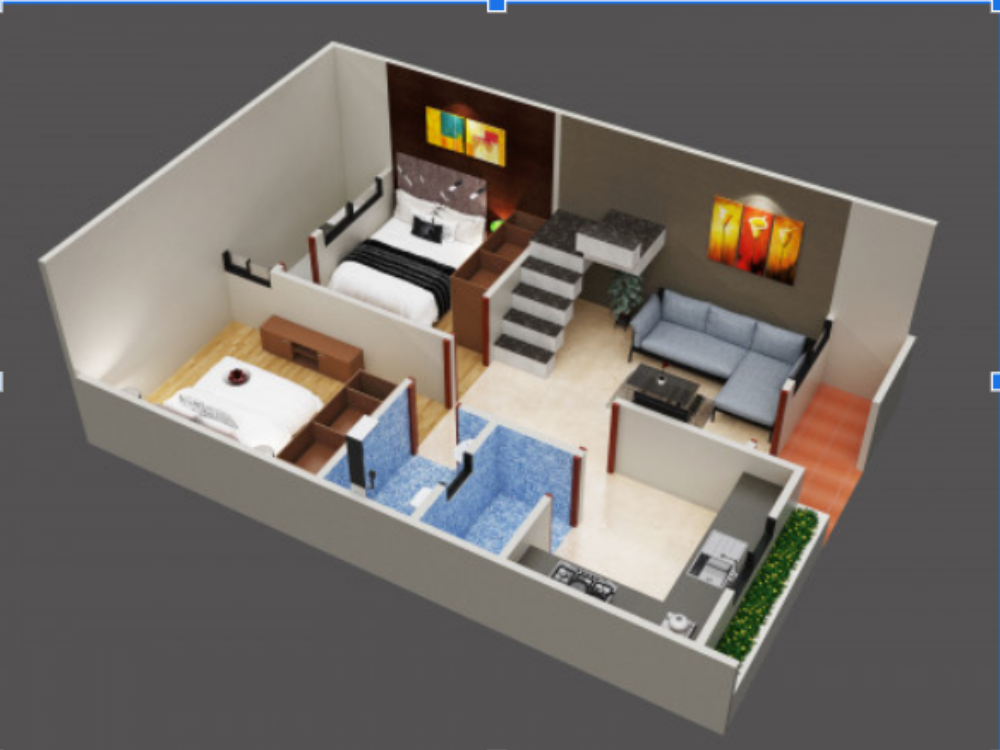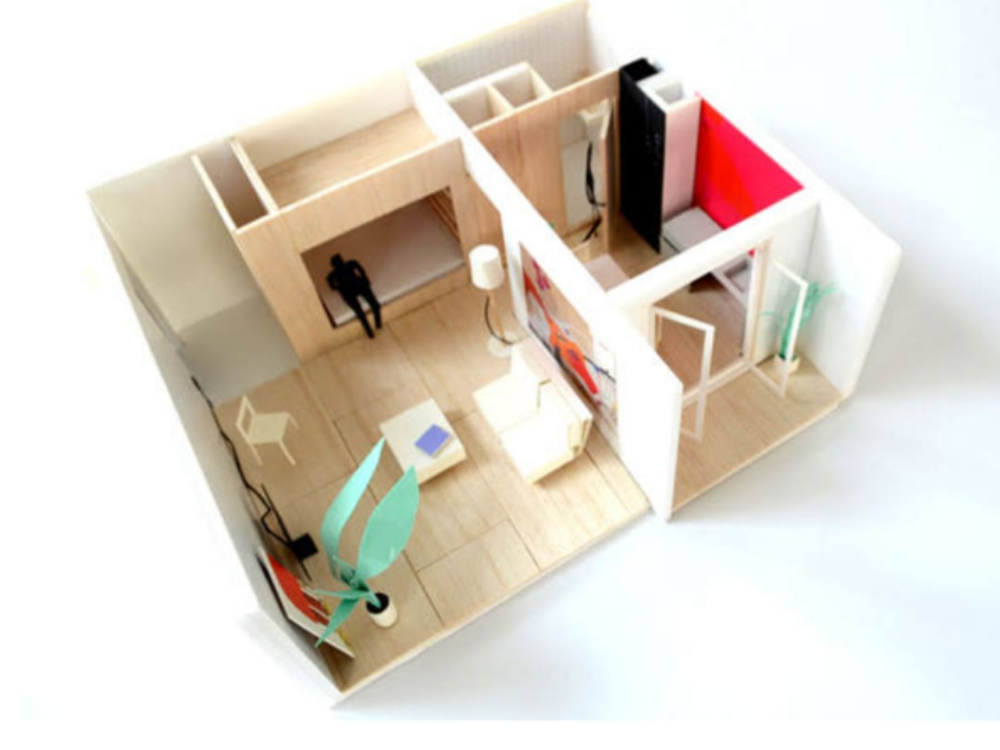Aim
The aim of the project is to turn ON/OFF light and fan using a smartphone.
Problem statement
Smart home automation systems have become increasingly popular, offering homeowners convenience, security, and energy efficiency. However, there are several challenges and opportunities for improvement in this domain. The problem statement for smart home automation is multifaceted and can be framed as follows:
User Experience: Many smart home systems are complex to set up and use, leading to user frustration and dissatisfaction. There is a need to enhance the user experience by simplifying the setup process and improving the usability of smart home devices and applications.
Interoperability: The lack of standardization and interoperability among different smart home devices and platforms hinders the seamless integration of various components. This results in fragmented ecosystems that limit the full potential of automation. Solving the interoperability problem is essential for a holistic smart home experience.
Security and Privacy: Smart home devices are vulnerable to cyberattacks, raising concerns about data privacy and the safety of the connected home. Developing robust security measures and educating users about best practices are essential to address these concerns.
Energy Efficiency: While smart home systems can optimize energy usage, there is room for improvement in making them more energy-efficient. Enhancing the automation of heating, cooling, lighting, and other energy-consuming devices is crucial to reduce environmental impact.
Cost and Accessibility: The cost of smart home devices and systems can be prohibitive for many homeowners. Making smart home technology more affordable and accessible to a wider range of users is a challenge that needs to be addressed.
Integration of AI and Machine Learning: Leveraging artificial intelligence and machine learning for smarter decision-making and predictive automation in smart homes is an area with vast potential. This requires developing algorithms and models tailored to the unique demands of home automation.
Support and Maintenance: Many users face challenges in maintaining and troubleshooting their smart home systems. Improved customer support and user-friendly diagnostic tools are necessary to address this issue.
Environmental Impact: Smart home automation can have an environmental impact due to the production of electronic devices and energy usage. Reducing the ecological footprint of these systems is an important challenge.
Material used
Input: Bluetooth
Brain: TinkerSpace Brain Board
Output: LED lamp and DC motor
Battery: Lithium-ion rechargeable battery
Component description
BLUETOOTH
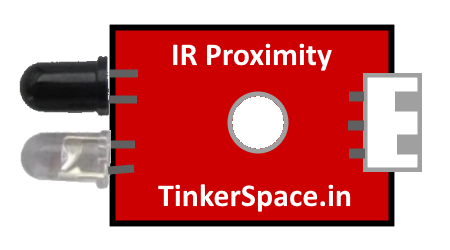
HC-05 Bluetooth module is used to send / receive data from smartphone to Brain board
LED LAMP
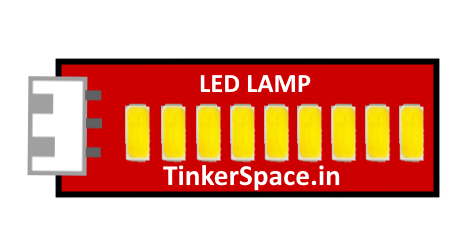
The function of the LED Lamp is to emit the light
DC MOTOR
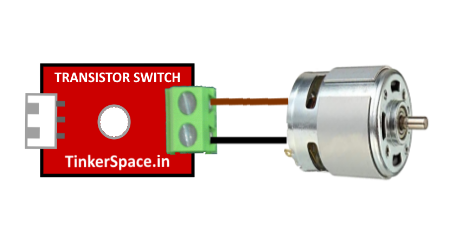
The function of DC Motor is to rotate the fan
TinkerSpace Brain Board
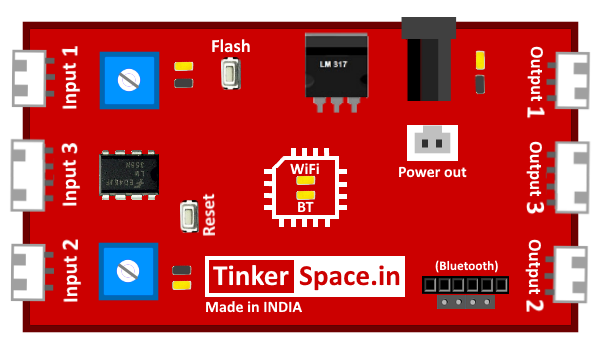
The function of brain board is to monitor Bluetooth, LED Lamp and DC Motor
Battery
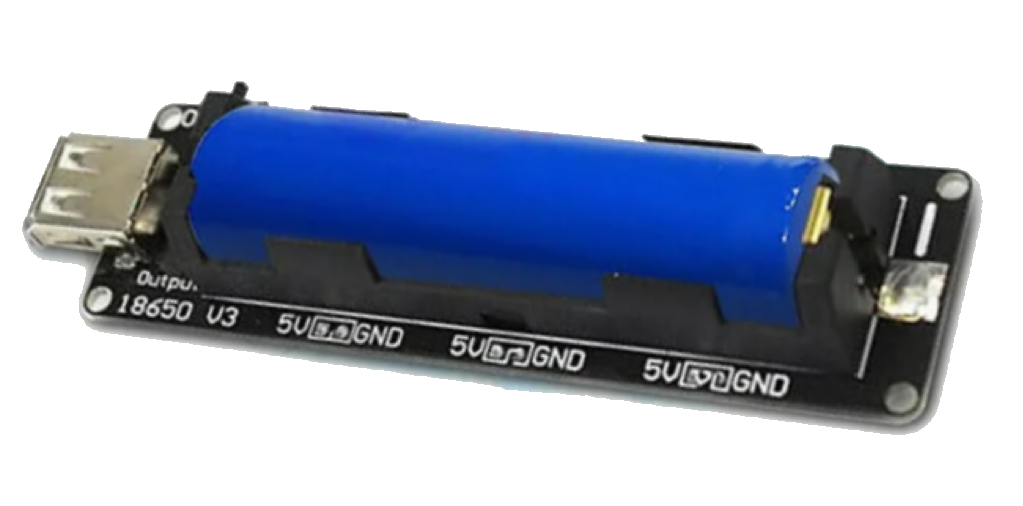
5V Lithium-Ion battery is used to power-up this project
Working description
When bluetooth (input) receives the command to turn OFF the light, the TinkerSpace brain board (brain) turns OFF the LED lamp.
When bluetooth (input) receives the command to turn ON the light, theTinkerSpace brain board (brain) turns ON the LED lamp.
Similarly, when bluetooth (input) receives the command to turn OFF the fan,the TinkerSpace brain board (brain) turns OFF the DC motor.
When bluetooth (input) receives the command to turn ON the fan, theTinkerSpace brain board (brain) turns ON the DC motor.
Circuit Design (DesignSpace) PENDING
Step 1: Open TCode App -> Create New project -> Open DesignSpace
Step 2: Connect the Bluetooth module to the Bluetooth Connector of the Brain board.
Step 3: Connect LED Lamp and DC Motor to Output 1 and Output 2 of the Brain Board.
Step 4: Connect supply and test project.
